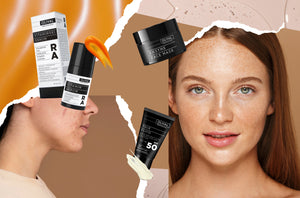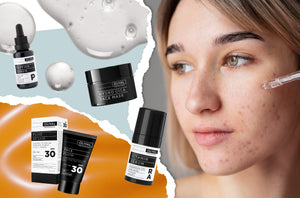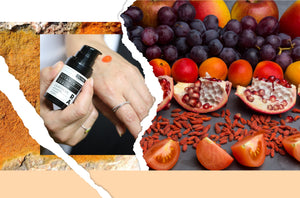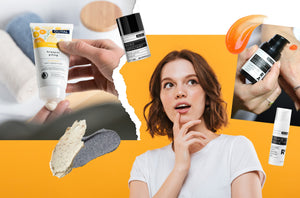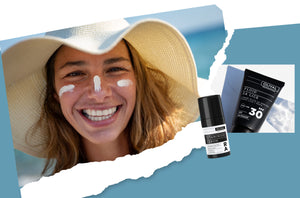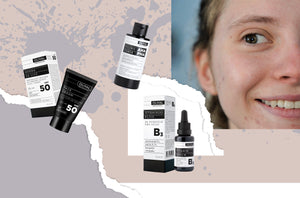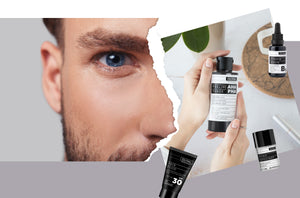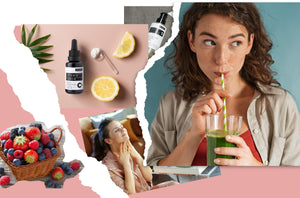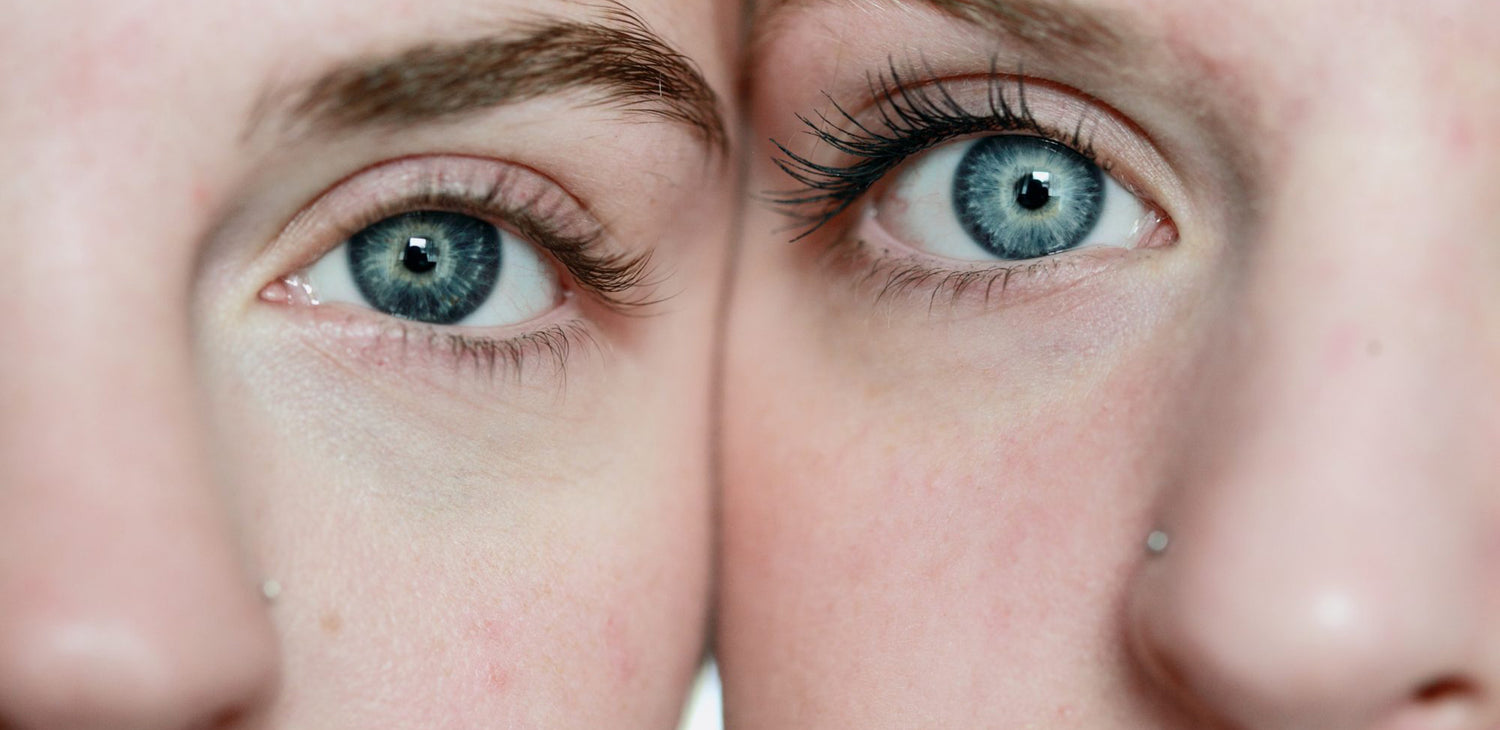For years, retinol has been one of the most popular ingredients that ensure a fresh, even complexion without wrinkles and fine lines. It is the most well-known term that very often refers to a whole group of similar substances - retinoids.
Studies have shown that retinol acts against premature aging, i.e. photoaging of the skin (UV-induced damage) in two ways: by mitigating the impact of UV on matrix metalloproteinases and by stimulating collagen synthesis in already photodamaged skin. [1]
However, in addition to retinol, retinoids include four (most well-known) different forms of active ingredients, and one of them is an ideal introduction to a beginner's retinol care routine. It is retinyl palmitate.
This powerful active substance belongs to vitamin A derivatives . It is one of the more well-known (and recognized) vitamins used in facial care, since its use has a number of positive effects on the skin.
Vitamin A is a somewhat "complicated" care ingredient. As it accelerates cell turnover and has exfoliating properties (like acids), it can cause irritation, peeling, temporary dryness, hypersensitivity, which is why it is necessary to gradually introduce it into the routine only in the evening, carefully monitor skin reactions and accordingly correct the frequency of use and combination with other products . Also, its use is not recommended during pregnancy and breastfeeding, but functional analogues of retinoids and other active substances are suggested, and the skin must be protected with SPF during use.Vitamin A first of all balances the cells of the skin, which affects the health of the hydrolipidic barrier, the skin's resistance to external influences and prevents changes in the form of irregularities.

Go slow and choose wisely
As a derivative of the acclaimed vitamin A, retinyl palmitate stands out precisely because it is the mildest of all forms and widely available in cosmetic products. By itself, in carefully formulated products and in lower percentages, it has the least irritating potential compared to other derivatives, which is why it is an excellent "entry-level" choice for introduction into care . It will suit all skin types, and as a rule, it is tolerated even by the more sensitive type. Apart from that and despite the myths, it is perfectly safe to use all year round - with the imperative of a high UV protection factor during the day.
Improves skin texture and tone, cleans pores...
In addition to being ideal for beginners in retinoid care, we can freely call retinyl palmitate a real all-round magician. It accelerates cell turnover and balances the functions of skin cells. It alleviates sebum secretion, hyperpigmentation and treatment spots, and smoothes and evens the texture of the complexion. It has an anti-inflammatory effect on acne and pimples and stimulates the synthesis of collagen and elastin, which contributes to the firmness of the skin.
The best known, of course, is its preventive effect against signs of aging, and since it works against irregularities, it is an excellent choice for both problematic skin and mature skin with hormonal acne. No less important, retinyl palmitate works extremely well in synergy with hyaluronic acid, antioxidants such as resveratrol , and in products such as Vitamin Serum R² , which also has a targeted effect on soothing irritation and redness.
For those who are more experienced - or those with stronger irregularities - there is the RA Vitamin Serum. We provide a detailed analysis of the similarities and differences between these serums in the guide .
-----------------------
[1] Rong Kong, Yilei Cui, Gary J. Fisher, Xiaojuan Wang, Yinbei Chen, Louise M. Schneider, Gopa Majmudar. A comparative study of the effects of retinol and retinoic acid on histological, molecular, and clinical properties of human skin. Journal of Cosmetic Dermatology, 15, 49—57. https://onlinelibrary.wiley.com/doi/pdf/10.1111/jocd.12193 accessed 14.6.2020.



